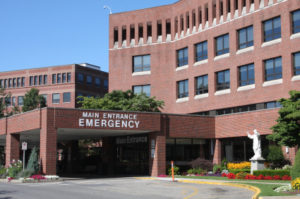Safety-net hospitals are 30 percent more likely to have readmission rates that exceed the national average – always a problem, but a greater problem than ever now that Medicare is penalizing hospitals for readmissions through its new Hospital Readmissions Reduction Program.
A recent Commonwealth Fund study quantified the degree to which safety-net hospitals’ readmissions exceed national averages, citing as the reason for those reasons that
Safety-net hospitals care for a disproportionate share of vulnerable populations who are low-income, uninsured, underinsured, or on Medicaid. They have substantially higher rates of chronic health problems, disability, mental illness, and substance abuse, compared with the general population. Safety-net hospital patients also have disproportionate personal and social needs that adversely affect their health and act as barriers to accessing and fully benefiting from care. These include homelessness, unsafe housing, and unstable employment. In particular, vulnerable populations are more likely to lack social support systems (e.g., family members at home) and housing stability, which contribute to a disproportionate risk of readmission after hospital discharge.
The report also offers strategies to help safety-net hospitals reduce their readmissions and avoid the Medicare financial penalties they now face for those readmissions.
Find “Higher Readmissions at Safety-Net Hospitals and Potential Policy Solutions” here , on the web site of The Commonwealth Fund.
, on the web site of The Commonwealth Fund.